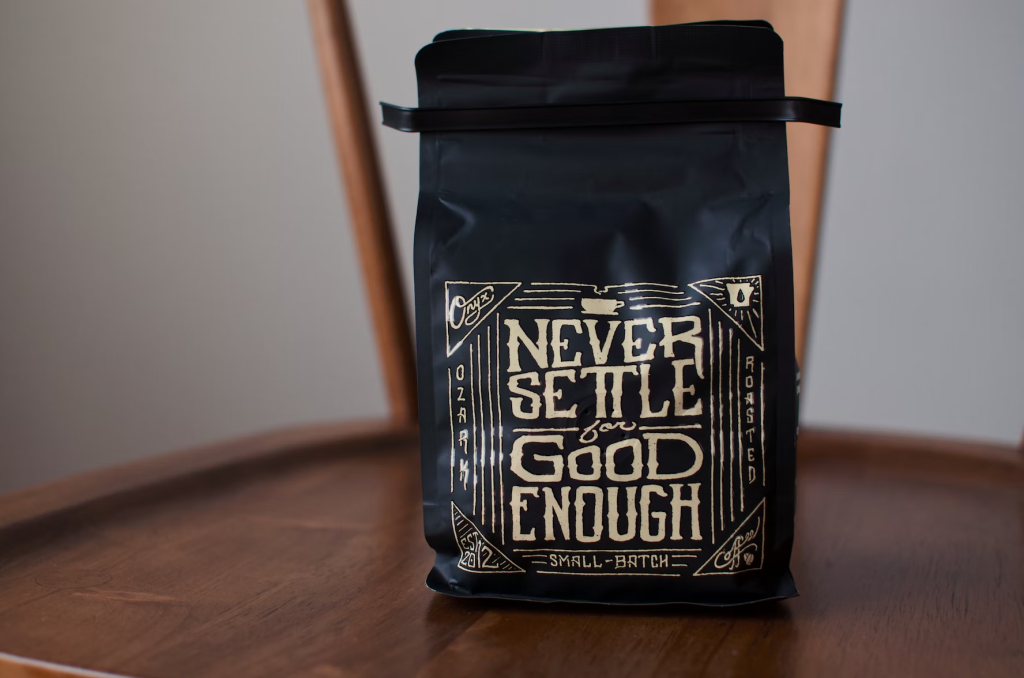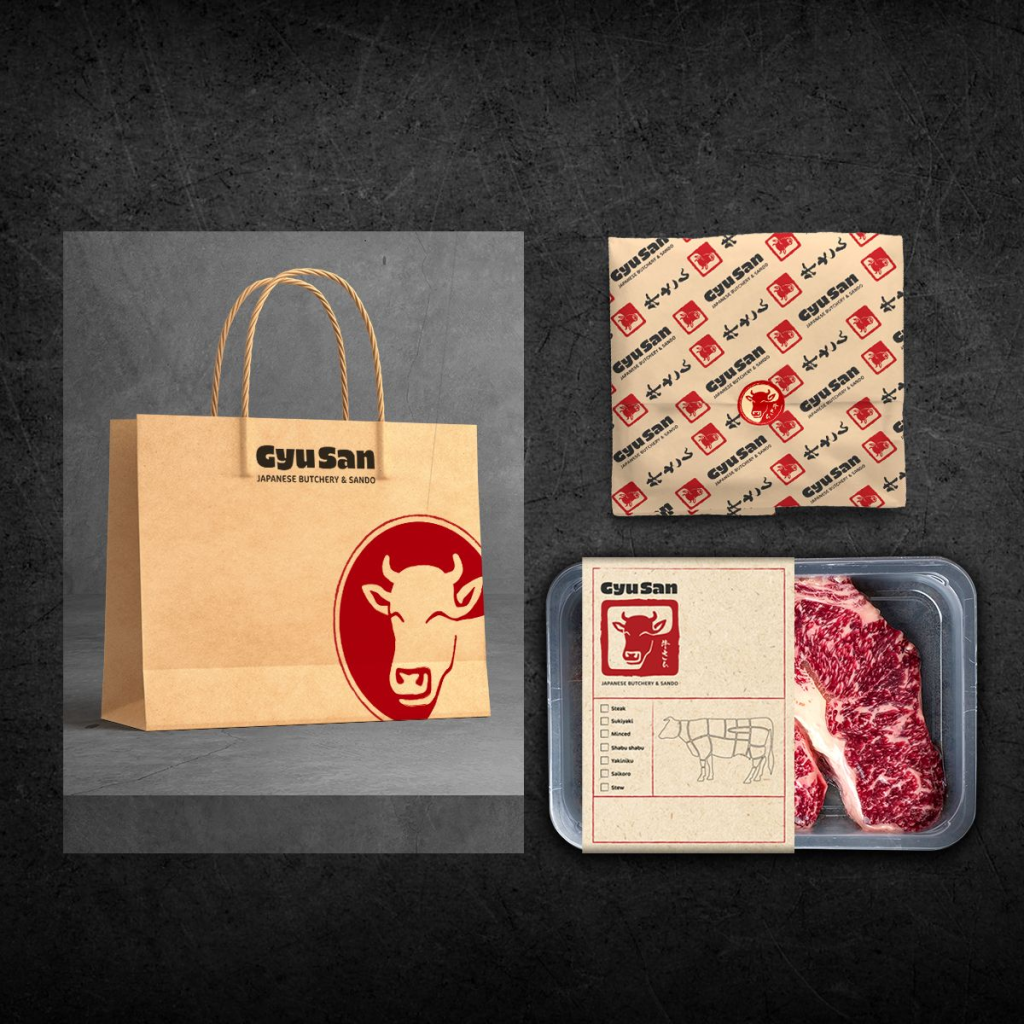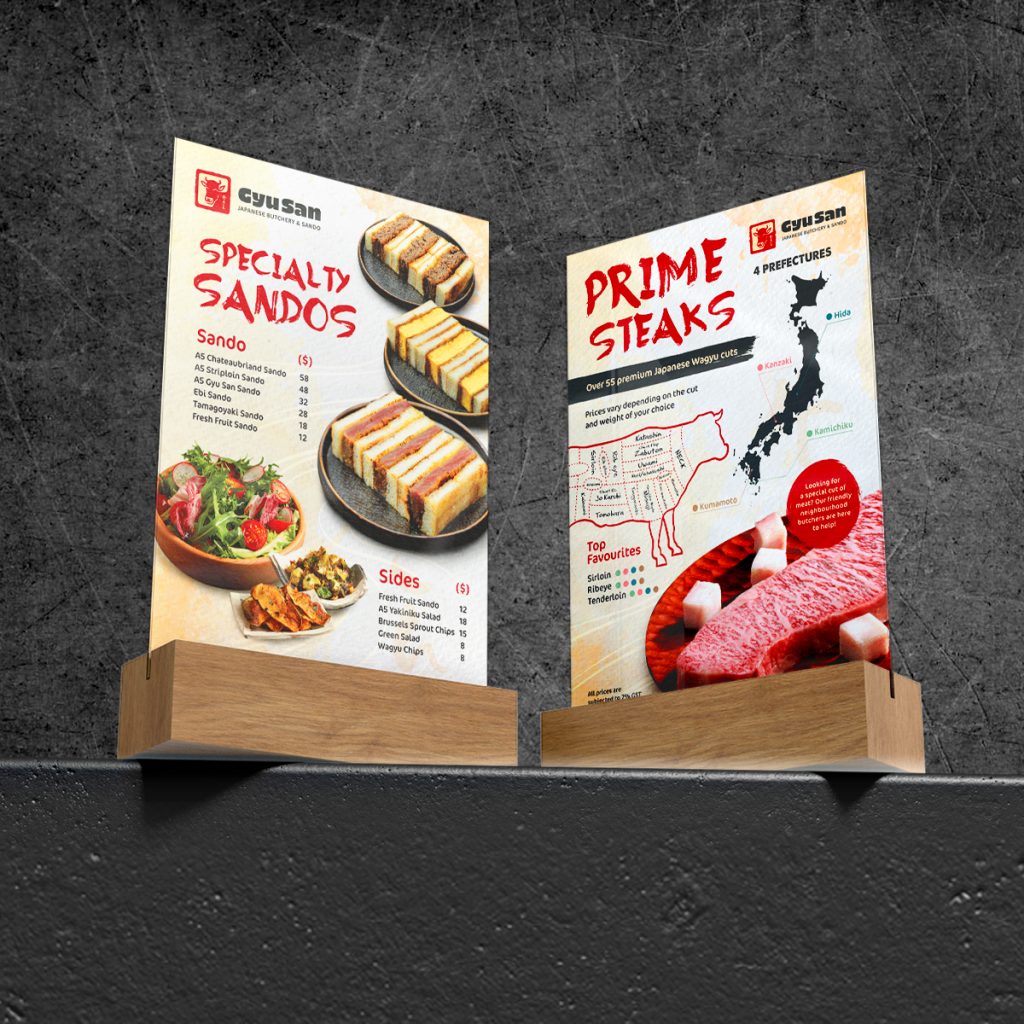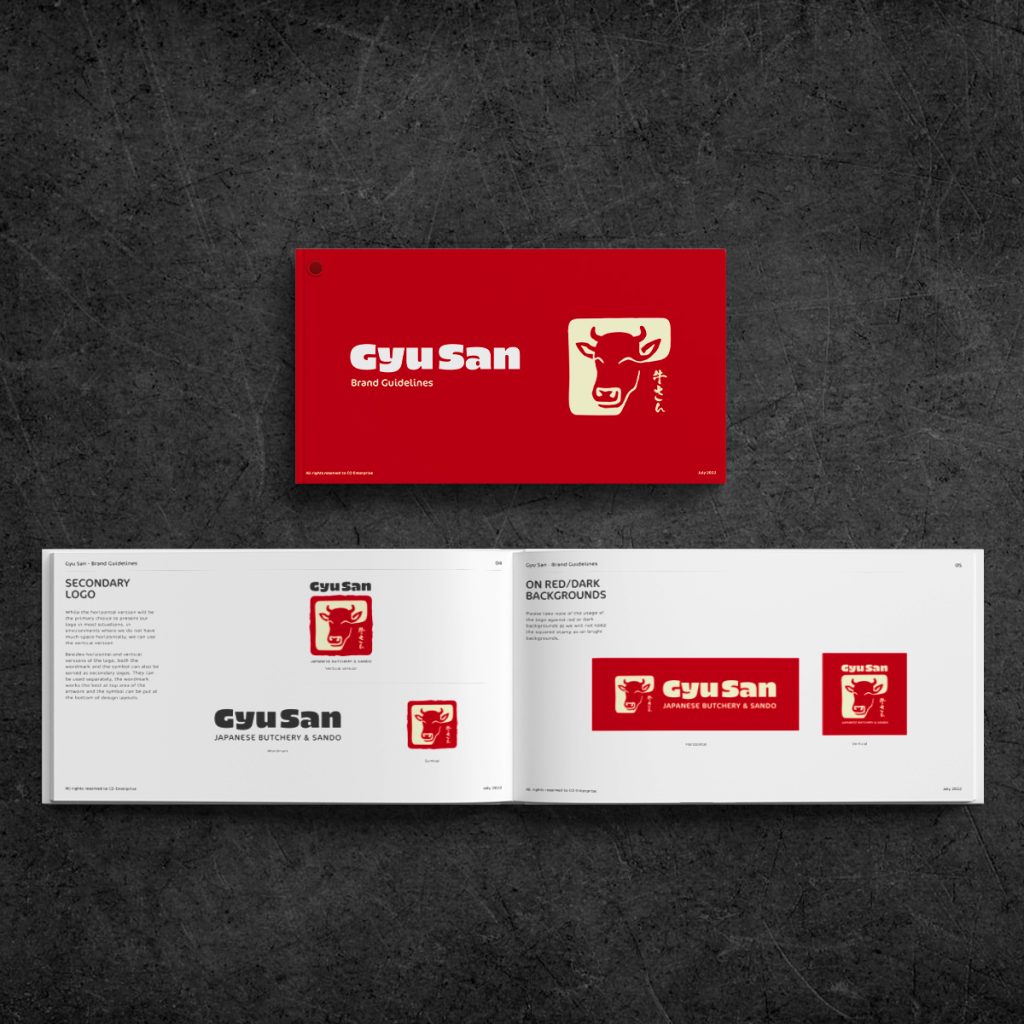
Packaging is a crucial part of any food product. It’s what catches your eye, attracts you to the product, and helps you make an informed decision about whether or not you want to buy it.
Unfortunately, many F&B brands don’t understand how important packaging is. They think that all they need to do is slap some packaging together and then ship it off to the stores. But if that were true, why would so many companies have issues with their packaging?
The truth is: you can’t just slap something together and expect it to work well for your business. If you want your food packaging to be successful, then there are a few things you need to keep in mind when designing it.
Why Is Food Packaging So Important?

It’s true that people will buy products based on their taste, price, and quality—but they’ll also buy products because of how they look. That’s why it’s so important to design your food packaging correctly. Even if your product tastes amazing and has an unbeatable price point, there’s no guarantee that anyone will buy it unless it looks good on the shelf at the grocery store or restaurant. That’s where packaging comes in: it helps you stand out from the crowd of other brands vying for consumer attention by making sure that your product grabs attention before anyone else’s does.
Here are 3 tips for designing the perfect food packaging:
Make sure your packaging has a purpose

Don’t just design something because it looks pretty or feels nice. The first thing you need to do is figure out what you want your packaging to do for your brand. Do you want it to be used as an advertisement? Or maybe you just want something that will attract attention on the shelf? Once you’ve figured out what role your packaging will play in the success of your business, then you can start thinking about how best to design it so that it accomplishes those goals.
Your packaging should be functional

Packaging should be functional in two ways: it should protect the product and accurately communicate its contents and use. For example, if you’re selling a food item that needs to be refrigerated, make sure your packaging is designed so that consumers can easily tell when they need to put it in the fridge! (And don’t forget to list this on the product itself.) And if you’re selling something that needs to be stored at room temperature, make sure consumers know how long they can keep it out of refrigeration before using or storing it properly.
Your packaging is an extension of your brand



Your packaging will be on display for a really long time, make sure your packaging reflects what people already associate with your brand – whether that’s “organic”, “fast casual” or something else entirely. This way customers will immediately recognize who made this product when they see it in stores or online.
It’s time to stop thinking about “packaging” as a single piece and start thinking about it as an experience that encompasses every aspect of selling your product. Packaging has become an important part of branding, marketing, and selling products. It’s not just about how your products look on the shelf anymore—it’s about how your packaging can help you connect with your consumer.
Interested in our services?
Well, you’re in luck. We’ve got all the information you need to know about how to get started on packaging design.
Get in touch with us today.
🖥 http://co-enterprise.com.sg/
💌 marketing@co-enterprise.com.sg
📞 +65 6976 8060
